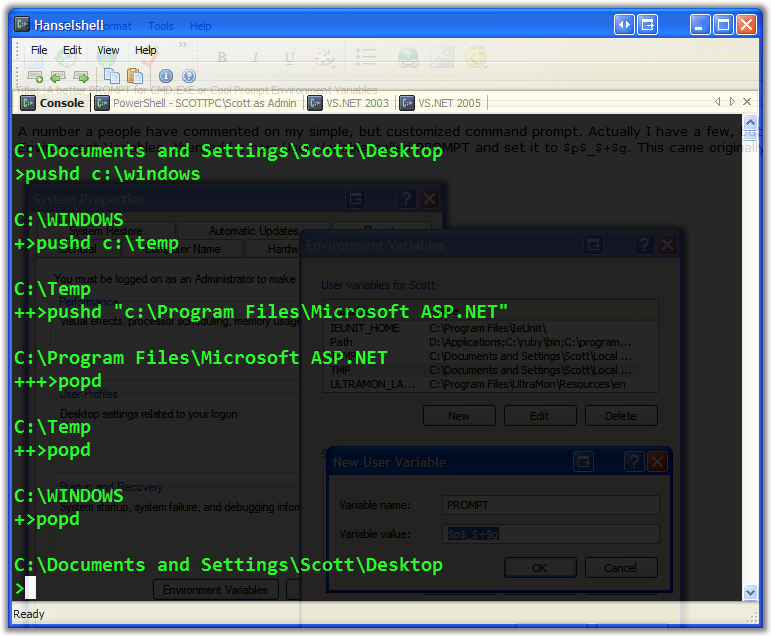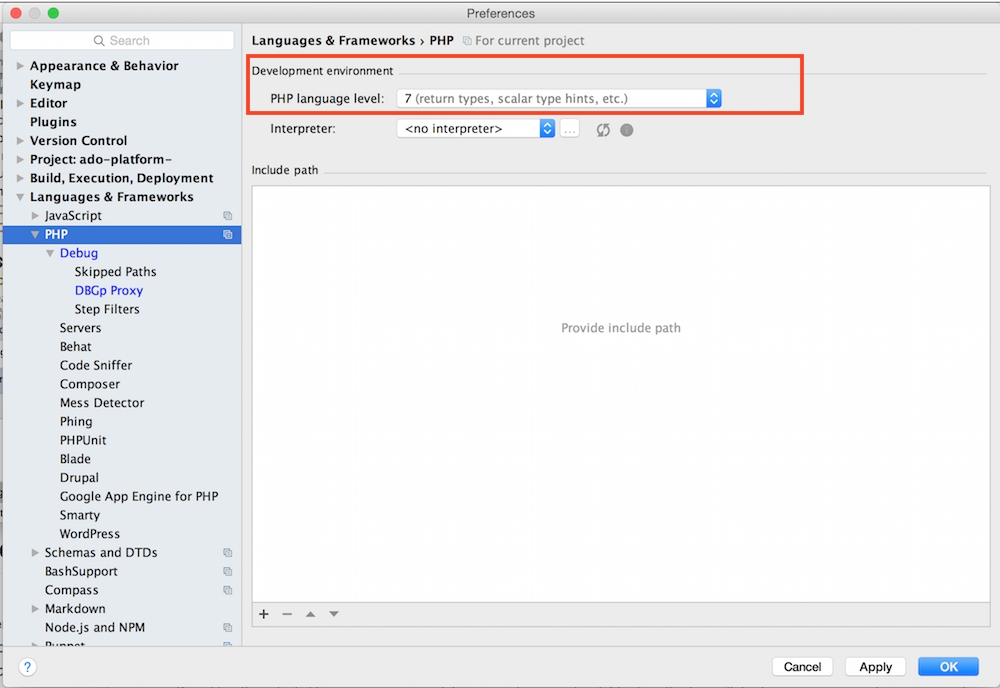

- Dotbot environment variables install#
- Dotbot environment variables update#
- Dotbot environment variables code#
Code of ConductĮveryone interacting in the Dotbot::Mini project’s codebases, issue trackers, chat rooms and mailing lists is expected to follow the code of conduct. The gem is available as open source under the terms of the MIT License. This project is intended to be a safe, welcoming space for collaboration, and contributors are expected to adhere to the Contributor Covenant code of conduct. Contributingīug reports and pull requests are welcome on GitHub at /dotbot-mini.

Dotbot environment variables update#
To release a new version, update the version number in version.rb, and then run bundle exec rake release, which will create a git tag for the version, push git commits and tags, and push the. And Im using them to source environmental variables, so if ANOTHER module is dependent on xdg because Im using these variables, it doesnt matter if my.
Dotbot environment variables install#
To install this gem onto your local machine, run bundle exec rake install. You can also run bin/console for an interactive prompt that will allow you to experiment. DevelopmentĪfter checking out the repo, run bin/setup to install dependencies. This command is pretty much just a git pull in your dotfiles repo. Use the -git flag to also add/commit/push to your remote dotfiles repo. This command adds the file to your dotfiles repo and creates a symlink in the file's old location so it will stay updated. For instance, you could execute some commands by saying $ DOTBOT_DIR=~/shnargleflorp dotbot update dotbot file, you can use environment variables, each of the pattern DOTBOT_. But still, let's look at a simple example using the grep command to print multiple environment variables. You can use the same approach used in the above method to filter results from the set command. Using set command to print available environment variables. Pressing Space to select /deselect 'focused' select options. To print each environment variable, use the given command: set. The 'focused' select option is highlighted with a dotted outline, in the same way as a keyboard-focused link. the one that will be selected if you choose to do so. dir: ~/.dotfiles # or whatever your preferred location is Holding down the Ctrl key then using the Up and Down cursor keys to change the 'focused' select option, i.e. Once you have it installed, either create a ~/.dotbot file (YAML) with the following contents. You can install dotbot via the gem command: $ gem install dotbot I have found that, in those environments, switching directories using Zsh-z can be over 100% faster than it is using rupa/z.I made a simple little dotfiles manager because I got tired of creating symlinks all the time. The performance increase is impressive, particularly on systems where forking is slow, such as Cygwin, MSYS2, and WSL. I decided to translate it, awk parts and all, into pure Zsh script, to see if by eliminating calls to external tools (awk, sort, date, sed, mv, rm, and chown) and reducing forking through subshells I could make it faster. It was quite possibly my most used command line tool for a couple of years. Zsh-z is a native Zsh port of rupa/z, a tool written for bash and Zsh that uses embedded awk scripts to do the heavy lifting.

After using Zsh-z for a little while, you will get to where you want to be by typing considerably less than you would need if you were using cd. z zsh might also get you there, and z c/z might prove to be even more specific - it all depends on your habits and how much time you have been using Zsh-z to build up a database. It is then in the position to guess where you want to go when you type a partial string, e.g., z src might take you to ~/src/zsh. It works by keeping track of when you go to directories and how much time you spend in them. Zsh-z is a command line tool that allows you to jump quickly to directories that you have visited frequently in the past, or recently - but most often a combination of the two (a concept known as "frecency"). At start-up, Lua initializes this variable with the value of the environment variable LUAPATH54 or the environment variable LUAPATH or with a default path defined in luaconf.h, if those environment variables are not defined. Zsh-z - Jump quickly to directories that you have visited "frecently." A native Zsh port of z.sh. A string with the path used by require to search for a Lua loader.


 0 kommentar(er)
0 kommentar(er)
